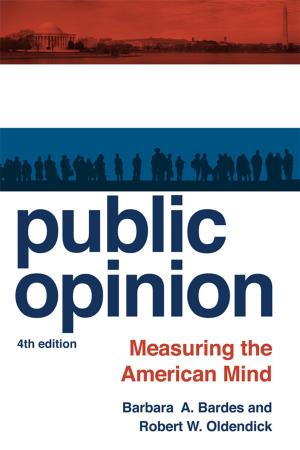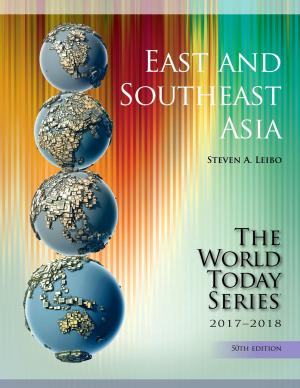The Imperial Presidency and the Constitution
Nonfiction, Social & Cultural Studies, Political Science, Government| Author: | ISBN: | 9781538101032 | |
| Publisher: | Rowman & Littlefield Publishers | Publication: | February 6, 2017 |
| Imprint: | Rowman & Littlefield Publishers | Language: | English |
| Author: | |
| ISBN: | 9781538101032 |
| Publisher: | Rowman & Littlefield Publishers |
| Publication: | February 6, 2017 |
| Imprint: | Rowman & Littlefield Publishers |
| Language: | English |
Time and again, in recent years, the charge has been made that sitting presidents have behaved “imperially,” employing authorities that break the bounds of law and the Constitution. It is now an epithet used to describe presidencies of both parties. The Imperial Presidency and the Constitution examines this critical issue from a variety of perspectives: analyzing the president’s role in the administrative state, as commander-in-chief, as occupant of the modern “Bully Pulpit,” and, in separate essays, addressing recent presidents’ relationship with Congress and the Supreme Court. The volume also deepens the discussion by taking a look back at Abraham Lincoln’s expansive use of executive power during the Civil War where the tension between law and necessity were at their most extreme, calling into question the “rule of law” itself. The volume concludes with an examination of how the Constitution’s provision of both “powers and duties” for the president can provide a roadmap for assessing the propriety of executive behavior.
Time and again, in recent years, the charge has been made that sitting presidents have behaved “imperially,” employing authorities that break the bounds of law and the Constitution. It is now an epithet used to describe presidencies of both parties. The Imperial Presidency and the Constitution examines this critical issue from a variety of perspectives: analyzing the president’s role in the administrative state, as commander-in-chief, as occupant of the modern “Bully Pulpit,” and, in separate essays, addressing recent presidents’ relationship with Congress and the Supreme Court. The volume also deepens the discussion by taking a look back at Abraham Lincoln’s expansive use of executive power during the Civil War where the tension between law and necessity were at their most extreme, calling into question the “rule of law” itself. The volume concludes with an examination of how the Constitution’s provision of both “powers and duties” for the president can provide a roadmap for assessing the propriety of executive behavior.















